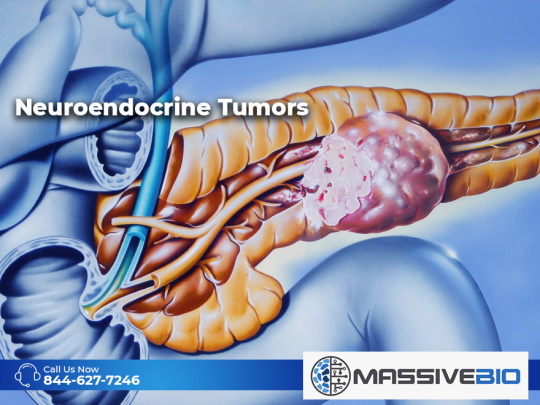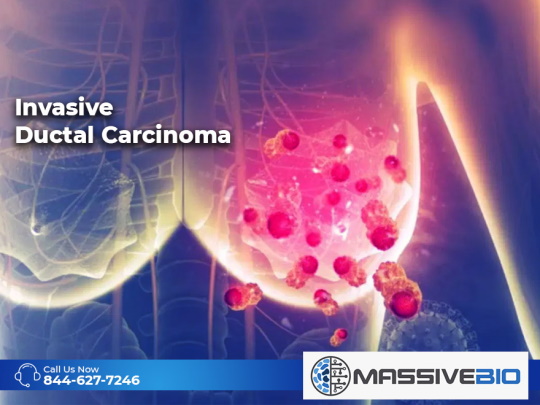Neuroendocrine tumors (NETs) are a diverse group of neoplasms that arise from neuroendocrine cells found throughout the body. These tumors can develop in various organs, including the pancreas, gastrointestinal tract, lungs, and even the thyroid. NETs vary greatly in their behavior; some grow slowly and may not cause symptoms for many years, while others are more aggressive and spread quickly.
Neuroendocrine tumors (NETs) can originate in different organs and tissues of the body that contain neuroendocrine cells. Neuroendocrine cells exist in the nervous system and the endocrine system. These two systems work together to perform the necessary functions of your body properly. The diagnosis and treatment of NETs depend on the tumor’s location, size, and whether it has metastasized. Early detection and specialized care are crucial for managing these complex and often unpredictable tumors.
Unlike other tumor types, neuroendocrine tumors are not located in a certain organ or tissue. They are formed of cells that are scattered throughout the endocrine system. They also produce bioactive substances and hormones that regulate significant functions of cells.
Neuroendocrine Tumors and Symptoms
Like any disease, having one or more of the symptoms listed below does not mean that you have a neuroendocrine tumor. They are general symptoms observed in cancer patients with neuroendocrine tumors. Patients may or may not experience these symptoms. Existence of the symptoms is not sufficient for the doctor to confirm a cancer diagnosis. Within the scope of the caveats, the symptoms observed in cancer patients with neuroendocrine tumors are as follows:
- Sudden attacks of diarrhea
- Fever and rash
- Nausea and subsequent vomiting
- Redness in the facial area
- High blood pressure and rapid heart rate
- An extreme decrease or increase in blood sugar
- Stubborn ulcers in the stomach
Neuroendocrine tumors can develop in various parts of the body, but they are most commonly found in the pancreas, lung, and gastrointestinal tract. Pancreatic neuroendocrine tumors (NETs) are a subset of neuroendocrine tumors that originate in the pancreas. These tumors can produce hormones that cause a variety of symptoms. For instance, some neuroendocrine tumors produce vasoactive intestinal peptide, which can lead to severe diarrhea.
Symptoms of neuroendocrine tumors vary depending on the type of hormone produced and the tumor’s location. For example, a Gastric neuroendocrine tumor might cause stomach ulcers and gastrointestinal discomfort. A Carcinoid tumor vs a pancreatic NET may present different symptoms and require distinct treatment approaches. Carcinoid tumors often release serotonin, leading to flushing and diarrhea, while pancreatic NETs might affect insulin production, impacting blood sugar levels.
Neuroendocrine tumors can spread to other parts of the body, making early detection and treatment crucial. Understanding what are the specific symptoms and the hormone-related effects of these tumors can aid in better management and treatment.
Diagnosis and Testing of Neuroendocrine Tumors
Correct diagnosis and testing are vital in neuroendocrine tumors. Doctors perform a series of tests to diagnose NETs. These tests include imaging tests and biochemistry tests. The most effective treatment option might be determined through certain tests such as an MRI, Octreotide scan, serum chromogranin A (CgA) result, 24-hour urinary (urine), 5-Hydroxyindole acetic acid (5-HIAA), and examination with an endoscopic ultrasound.
If clinical findings and laboratory tests are suspicious for a neuroendocrine tumor, these are some of the steps to be followed:
- Determine the organ that is the origin of the disease to make the differential diagnosis
- Identify the stage and extent
- Evaluate the possibility of surgery
- Determine treatment options
- Determine whether the disease has recurred in the post-treatment setting
You may hear that NETs are referred to as functional or non-functional tumors. Some NETs can produce too many hormones and cause various symptoms and complications depending on the location of the tumor and the hormones secreted. These NETs are called functional tumors. If NETs do not produce hormones, they are called non-functional tumors, but they can still cause complications.
Neuroendocrine tumors can arise in various organs, including the liver and small intestinal tract. Pancreatic neuroendocrine tumors are a subset of NETs that originate in the pancreas and can significantly impact the body’s ability to digest food. These tumors fall under different classification types based on their hormonal activity and malignancy potential.
Tumor markers play a crucial role in diagnosing and monitoring NETs. Specific markers like CgA and 5-HIAA are often elevated in patients with these tumors. The use of CT scans and other imaging modalities helps in identifying the size, location, and spread of the tumors, including to the lymph nodes.
For patients diagnosed with NETs, treatment options may include targeted therapy, surgery, and other modalities depending on the tumor’s type and stage. Understanding what are the 4 neuroendocrine tumors can provide insights into the disease’s diversity: pancreatic NETs, gastrointestinal NETs, lung NETs, and pheochromocytomas.
A common question is, can a neuroendocrine tumor be cured? The answer varies depending on the type, stage, and location of the tumor. Early-stage tumors that have not spread may be surgically removed, offering a potential cure. Advanced tumors often require a combination of therapies to manage symptoms and control growth.
Pancreatic cancer can sometimes be confused with pancreatic NETs due to overlapping symptoms and tumor location. However, they are distinct tumor types with different treatment approaches. For instance, pancreatic NETs might respond well to hormone-targeting treatments, while pancreatic adenocarcinoma requires different therapeutic strategies.
Osmosis is a valuable concept in understanding how substances, including hormones produced by NETs, move across cell membranes. This process can affect how symptoms manifest and how treatments are designed to counteract hormone overproduction.












